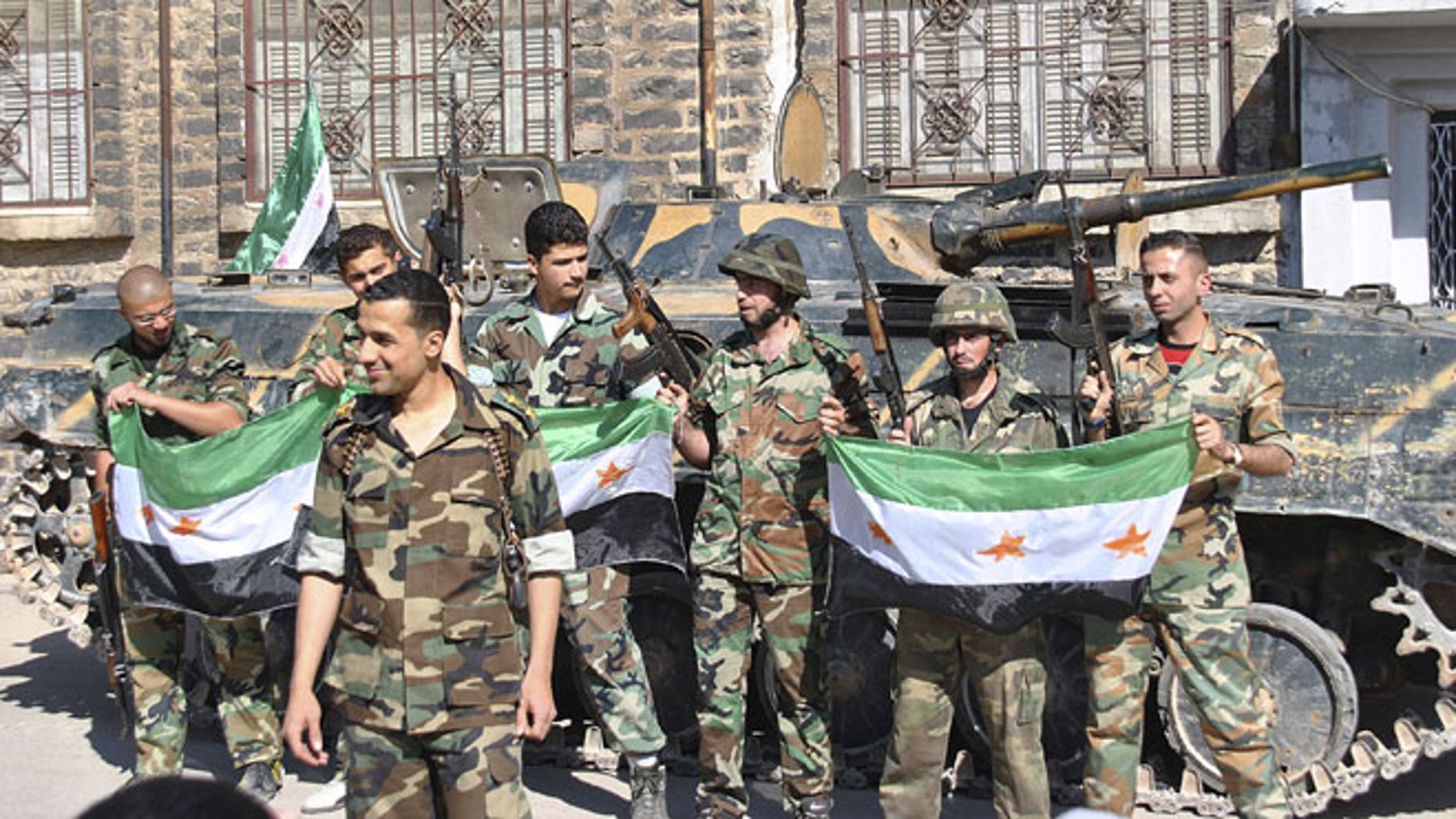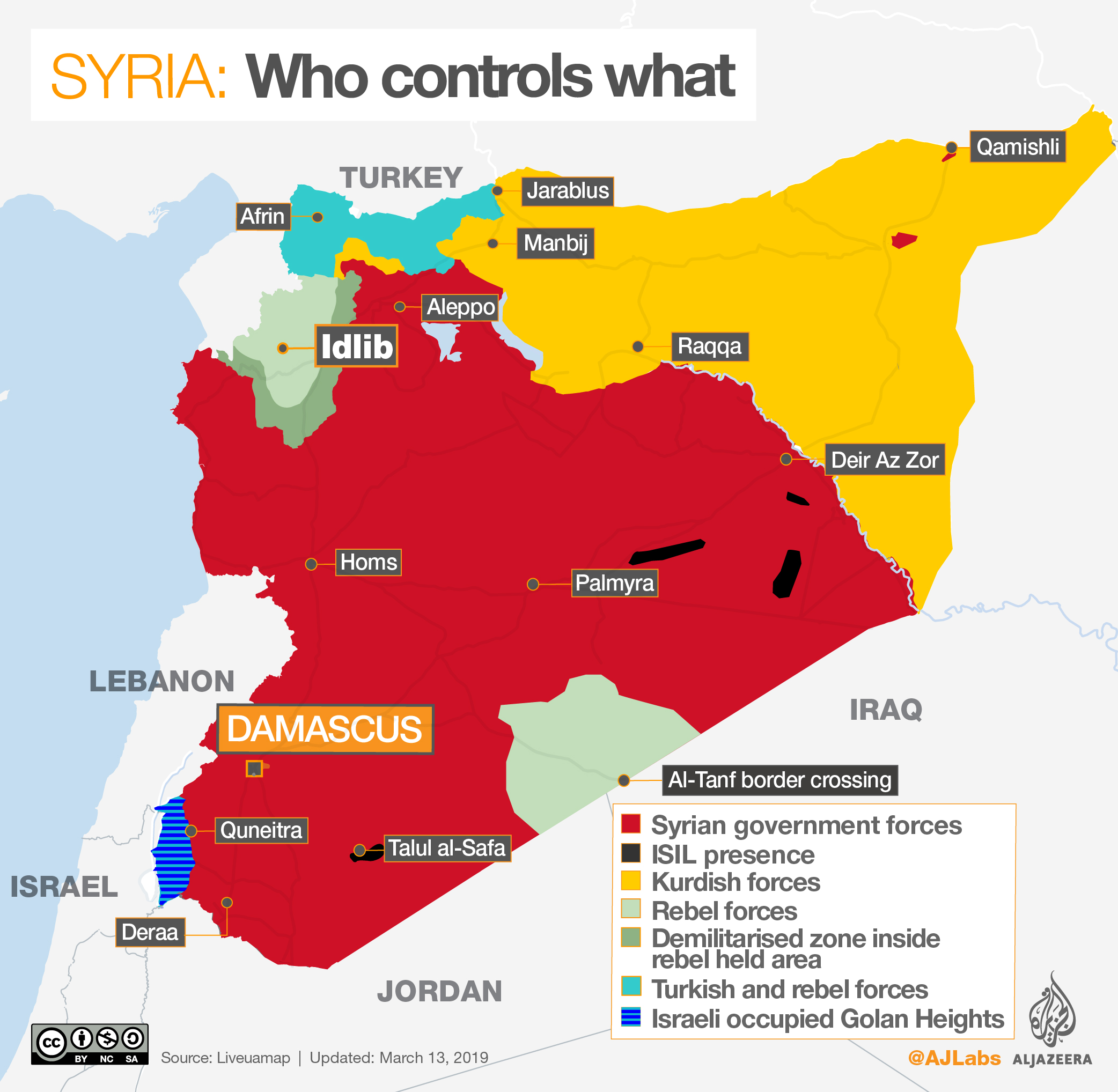
The Labyrinth of Armed Factions in the Syrian Civil War
Introduction
The Syrian Civil War, an intricate conflict spanning over a decade, has witnessed the emergence of a myriad of armed factions, each with diverse motivations, allegiances, and areas of operation. This complex landscape has profoundly shaped the dynamics of the war, posing formidable challenges to peacebuilding efforts. This article will delve into the labyrinth of armed factions in Syria, critically examining their complexities and implications.
Rebel Groups
Rebel groups have been a major force in the Syrian Civil War, initially seeking to overthrow the regime of Bashar al-Assad. Notable factions include the Free Syrian Army (FSA), an umbrella organization comprising numerous rebel groups, and Islamist groups like Jaysh al-Islam and Ahrar al-Sham. These groups have received varying degrees of support from regional and international actors, further complicating the dynamics of the conflict.
Example: Free Syrian Army (FSA)
The FSA emerged as a loose coalition of defected military officers and civilians, aiming to establish a democratic and pluralistic Syrian state. Despite receiving support from the West, the FSA has faced challenges maintaining cohesion amid internal divisions and the rise of more radical groups.
Government Forces
Government forces, loyal to the Assad regime, have played a pivotal role in the conflict. They include the Syrian Arab Army (SAA), intelligence agencies, and paramilitary groups. The SAA has been supported by Russia and Iran, while paramilitary groups like the National Defense Forces (NDF) have played a significant role in combating rebel advances.
Example: Syrian Arab Army (SAA)
The SAA, the core of the government’s military power, has employed a combination of conventional warfare and scorched-earth tactics. Its resilience has been attributed to foreign support, as well as the Assad regime’s ability to exploit sectarian divisions and offer concessions to loyalists.
Jihadist Groups
Jihadist groups have gained prominence in the Syrian Civil War, primarily seeking to establish an Islamic caliphate. The most prominent of these is the Islamic State of Iraq and Syria (ISIS), which briefly controlled vast swathes of territory in Syria and Iraq. Other jihadist groups include the al-Qaeda-affiliated al-Nusra Front and Hayat Tahrir al-Sham (HTS).
Example: Islamic State of Iraq and Syria (ISIS)
ISIS emerged as a formidable force, attracting foreign fighters and instilling fear through its brutal tactics. While it has lost significant territory, it remains a potent threat, engaging in insurgent attacks and controlling pockets of land in eastern Syria.
Kurdish Forces
Kurdish forces, seeking autonomy or independence, have carved out areas of control in northern Syria. The main Kurdish group is the People’s Protection Units (YPG), which has formed an alliance with the United States in the fight against ISIS. However, the YPG’s ties to the Kurdistan Workers’ Party (PKK), considered a terrorist organization by Turkey, have created tensions in the region.
Example: People’s Protection Units (YPG)
The YPG, a well-organized and effective fighting force, has been instrumental in combating ISIS and establishing a Kurdish-controlled enclave in northern Syria. Its alliance with the U.S. has drawn criticism from Turkey, which views the PKK as a threat to its national security.
Foreign Involvement
The Syrian Civil War has attracted significant foreign involvement, with various states supporting different factions to advance their strategic interests. Russia and Iran have provided military and financial support to the Assad regime, while the United States, Turkey, and Saudi Arabia have backed rebel groups. The complex interplay of foreign powers has further fueled the conflict and hindered peace negotiations.
Example: Russia’s Military Intervention
Russia’s military intervention in 2015 significantly altered the balance of power in the civil war, bolstering the Assad regime and allowing it to regain lost territory. Moscow’s support has been critical in countering rebel advances and solidifying the government’s control over key areas.
Implications and Conclusion
The proliferation of armed factions in the Syrian Civil War has had far-reaching implications, making it one of the most complex and intractable conflicts in recent history. The fragmentation of rebel forces has hindered their ability to mount a cohesive challenge to the Assad regime, while the rise of jihadist groups has exacerbated sectarian tensions and fueled regional instability.
The foreign involvement, with multiple states pursuing conflicting agendas, has further complicated the conflict and undermined international efforts to find a lasting solution. The presence of jihadist groups, particularly ISIS, has created a global security threat, spreading violence and extremism beyond Syria’s borders.
The civil war’s complexities pose significant challenges to peacebuilding efforts. The sheer number of armed factions, their diverse motivations, and external actors’ vested interests make it difficult to negotiate a comprehensive settlement. Furthermore, the conflict has caused widespread human suffering, with millions of Syrians displaced and countless lives lost.
In conclusion, the labyrinth of armed factions in the Syrian Civil War is a microcosm of the conflict’s complexities. Understanding the motivations, allegiances, and areas of operation of these factions is crucial for analyzing the war’s dynamics and formulating effective peacebuilding strategies. The international community must prioritize finding a diplomatic solution to this protracted conflict, addressing the root causes of instability and seeking a just and equitable end to the suffering.
